My Hobbies
I love training animals (especially my cat and my dog), reading fantasy or scify books (especially those from Brandon Sanderson and Michael Sullivan) and playing games (D&D / Pathfinder, tabletop games, computer games,…).
On my daily cat walks I often get asked, how one teaches a cat to walk on a leash or why I even do it. Those and many more questions I address in the next section.
Cat Training Guide
Introduction
Let’s first cover the four most important questions about what this guide is about:
What? Training your cat from small tricks to more difficult ones like leash walking.
Why? Training your cat will give it a sense of accomplishment, strenghten your bond and combat boredom.
How? Cat training is like learning to play an instrument. You have to invest time repeatedly and make sure you start with the basics before trying out something difficult. I will guide you through the individual steps.
Who? I live together with my 15 year old cat Estrella and my 3 years old dog Nayla. My knowledge about cat training comes from watching animal training tv series for decades as well as training my own cat.
The Basics
The Reward
First you need to find out what motivates your cat for training. It is easiest, if the cat is food motivated but there area alternatives such as vocal praise, brushing, playing etc. If you are not sure which is your cat’s favorite treat lay out an assortment of them on a plate and observe which of the treats it eats first. Best you do this test twice with the treats in different distribution because some cats just eat what is nearest to them first while others are more picky.
Cat Perception and Thinking
Cats perceive the world different than humans. From an evolutionary standpoint they are both fierce predators and small enough to be at risk of getting preyed on themselves. This means they can get distracted by sensory stimuly initiating hunting or fight, flight or freeze responses. When training your cat be aware that there are many potential reasons why your cat is not understanding what you want it to do. Estrella often reacts to smells that I can’t perceive. When she seems overly distracted I try walking with her to a different spot and asking her to do a basic trick just to check if she can concentrate better at the new location. Cats also don’t see the same way humans do. They are worse at color vision but better in detecting movement. If you want your cat to notice something try moving it a bit so it is easier for her to focus on it. Your cat will keep in memory the start and end of a training session the most. For that reason I recommend starting with something that is easy for your cat and ending when your cat enjoys itself the most. That way it will be very motivated when you start the next training session.
(add picture of sniffing cat & fluffed up cat)
The First Trick
You might have heard of clicker training already. It is a form of training where the desired behaviour gets marked by a click from a clicker (or alternatively another sound e.g. what a retractable pen makes when engaged). This is then followed by a reward. The benefit of using a clicker instead of a verbal praise is that it always sounds the same. I have used clicker training and usually still do when teaching a new trick. However, I find it difficult to stick to it during normal training sessions. So my advise is to use it if you can but don’t fret if you can’t. If you do want to start using clicker training you should start by associating the click with the reward. Don’t ask anything yet of your cat, simply click and right afterwards offer the reward. Do this a couple of times till when hearing the click your cat expects to be given the reward. Now your cat knows why it should want to do what you ask of it during training. Next it needs to learn what you want it to do. Which kind of tricks your cat likes depends on it’s character. Estrella loves jumping ones. It will be easier to train your cat those they offer on their own. Regardless, the first trick I would recommend is “Target”. When training your cat it helps to do short training intervals (5-10 minutes) but having them multiple times throughout the day.
Tricks
Nose Target
In this trick your cat learn to touch with its nose a target. As a target I use my extended pointing finger but you could chose a stick or another target if you prefer. You start by holding the target not far from your cat and clicking and rewarding any action of your cat towards the final goal of its nose touching the target. If your cat is curious it might right away walk to the target and sniff on it. In that case reward it right away and try if it will do it again. If your cat is more hesitant it most likely does not understand what you want of it. That is totally understandable. Instead of starting with the end goal of touch have the intermediate goal of your cat looking at the target. For that move the target a bit and click and reward your cat if it looks at the target. Once your cat has learned this you don’t right away reward. Your cat will notice that it is not getting the reward as usual and try out what it can to to get at the reward. As soon as your cat makes a move in the direction of the target click and reward. It is important to be patient and to help your cat when it doesn’t understand what it is supposed to do. If just waiting for it to try out stuff doesn’t work try another approach. I sometimes have Estrella sitting there snorting once which I understand her to be annoyed at my poor teaching skills. In the trick above you might try putting some nice smell (food, catnip,…) on your target to encourage the right behaviour.
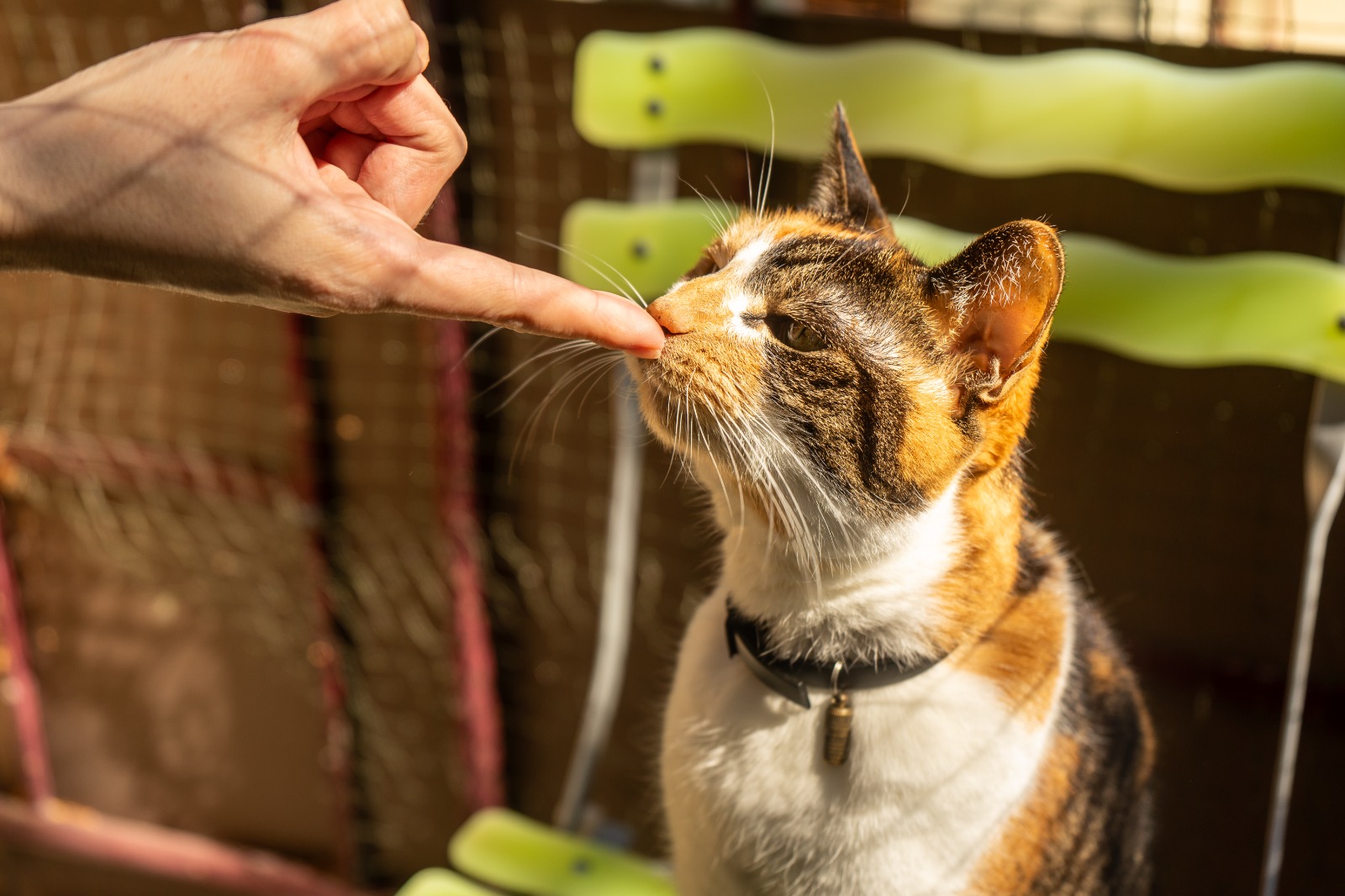
Paw target
(To be continued)
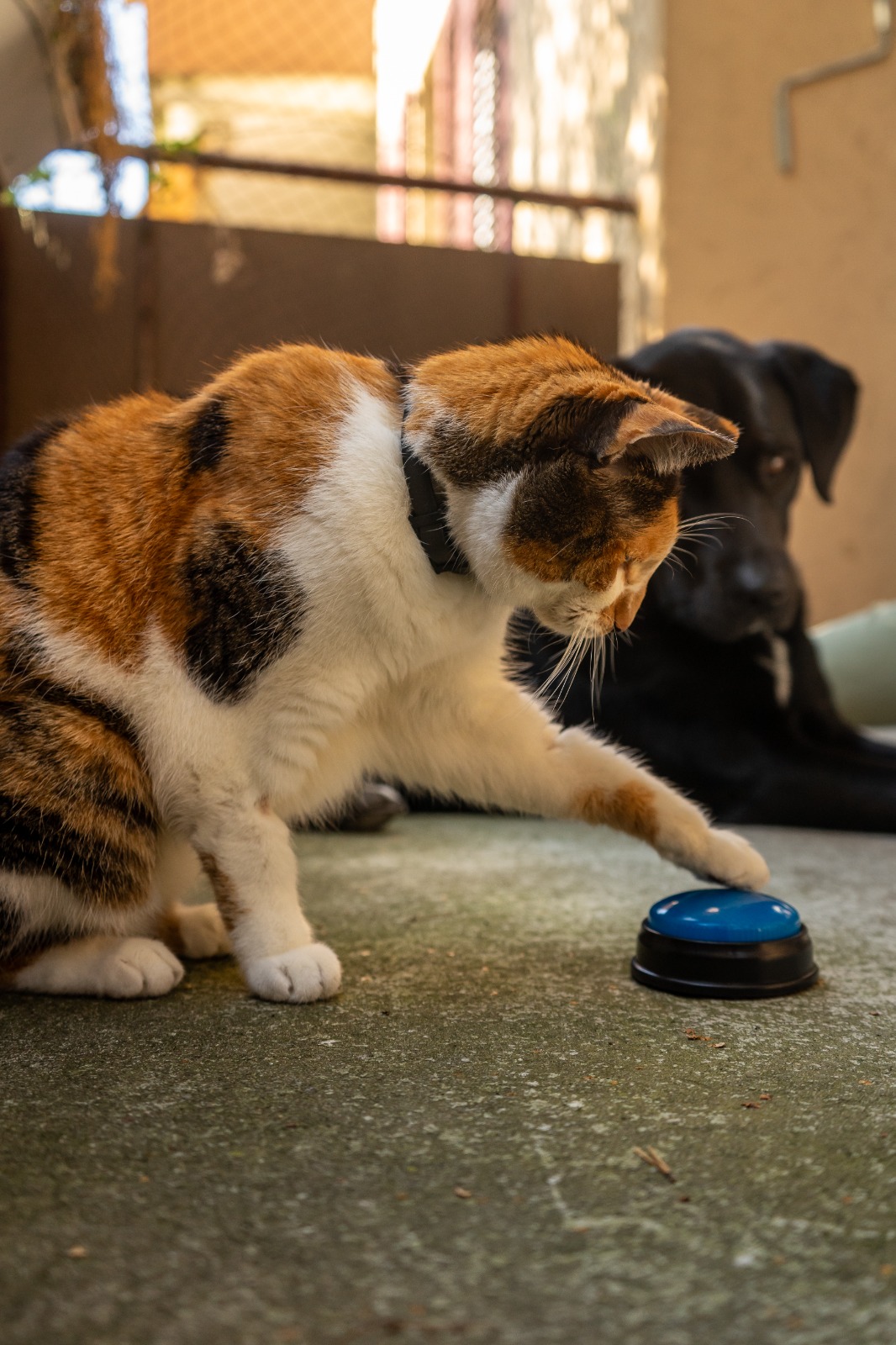
Animals can learn very well from imitating each other. As an example my dog Nayla learned the paw target trick by observing Estrella.
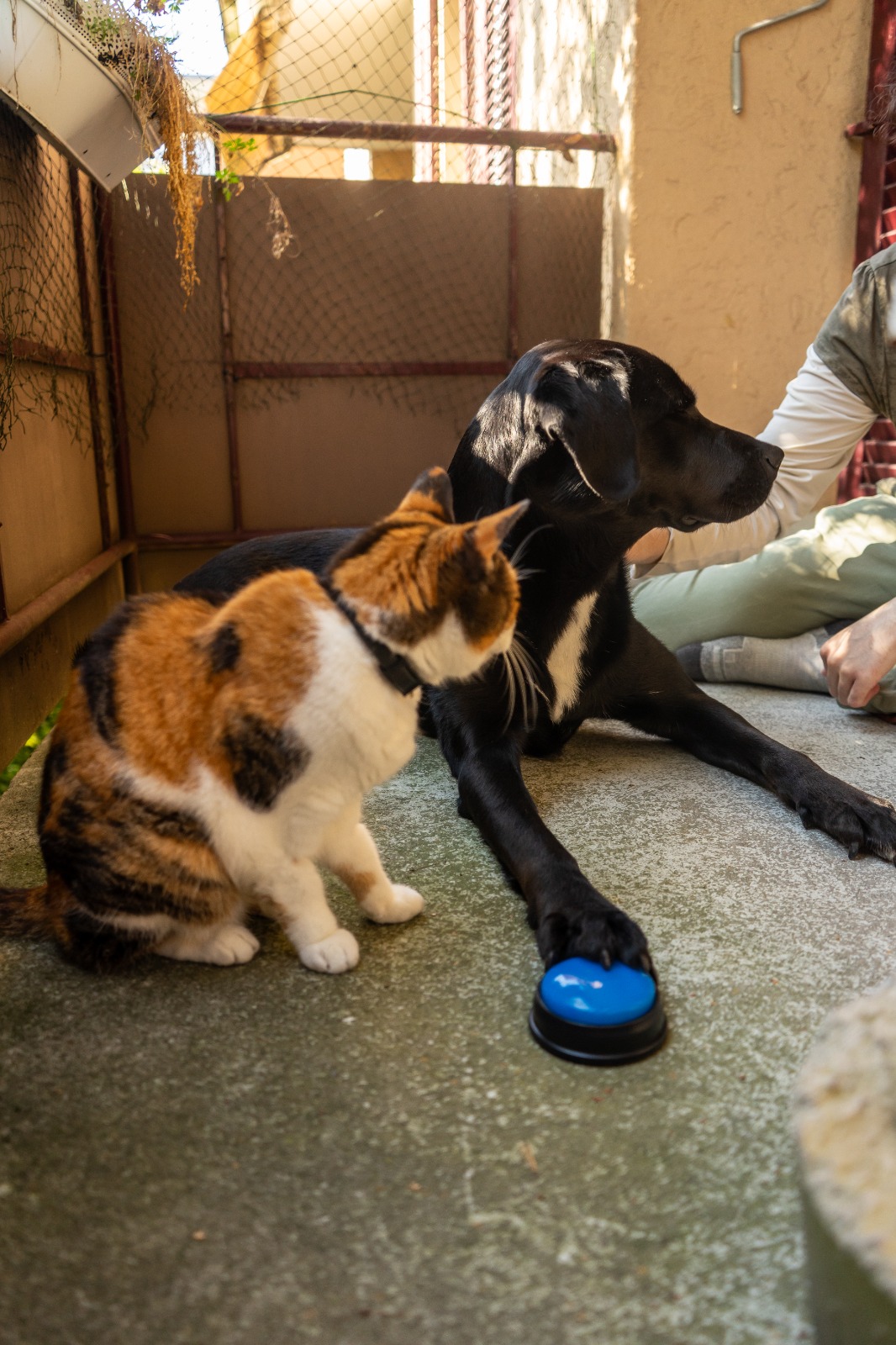
Follow
Move your hand with some treat in it away from your cat. If she follows the hand, give her the treat. With training you can increase the time your cat needs to follow before it get the reward.
Jump
Estrella likes jumping over obstacles. I started by using small obstacles and having Estrella follow my hand over them.
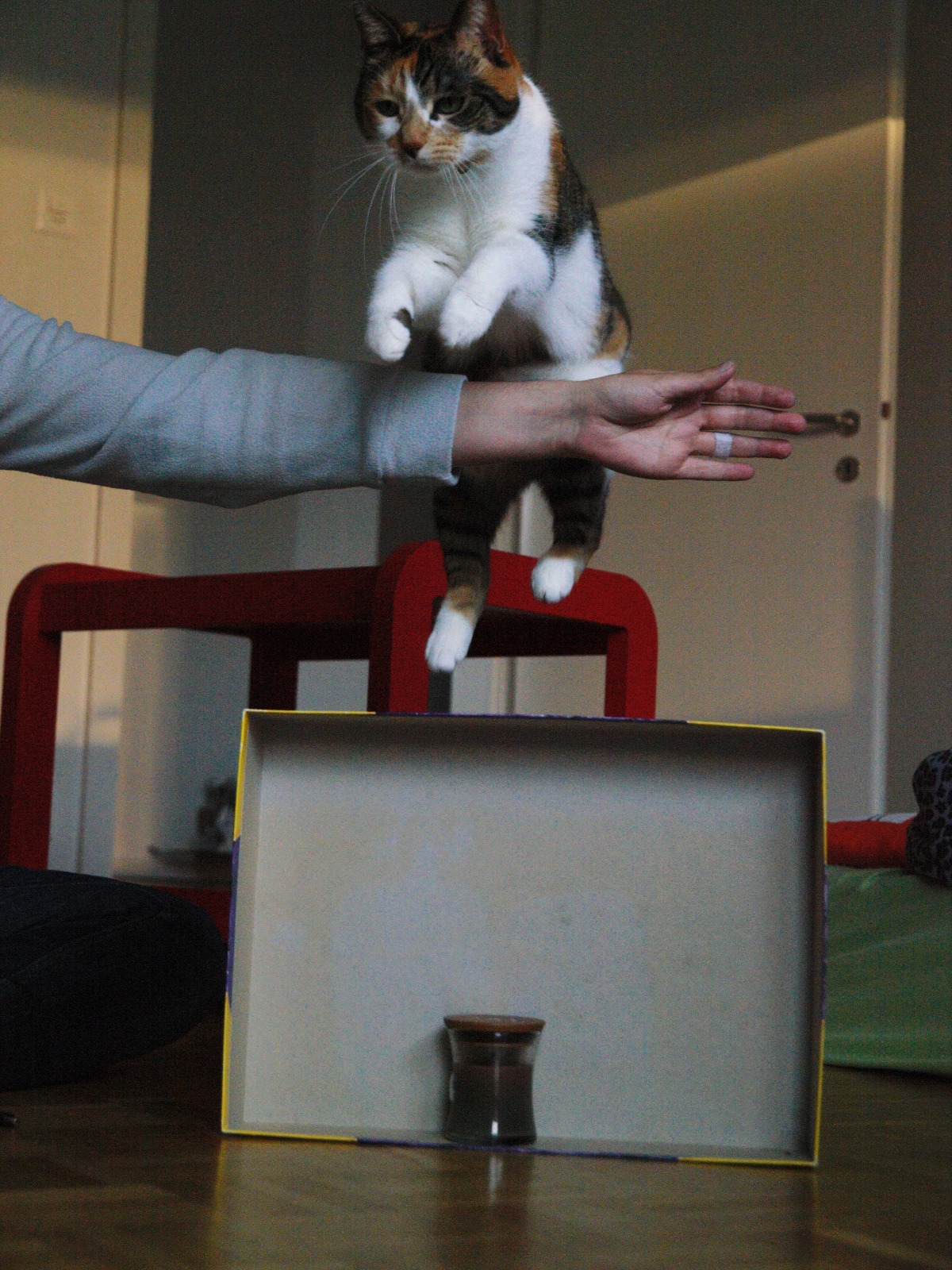
High Five
(To be continued)
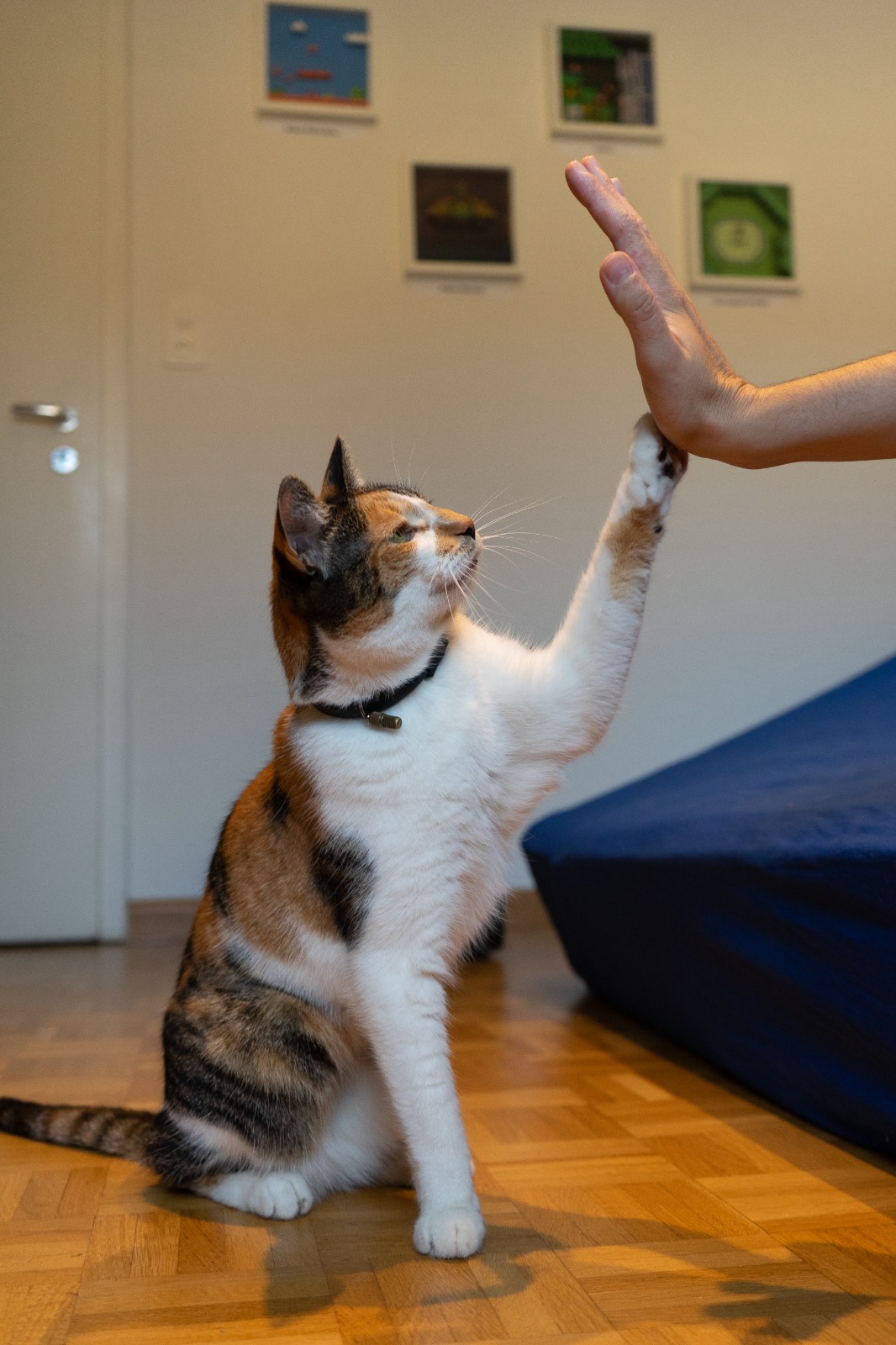
Balancing
(To be continued)
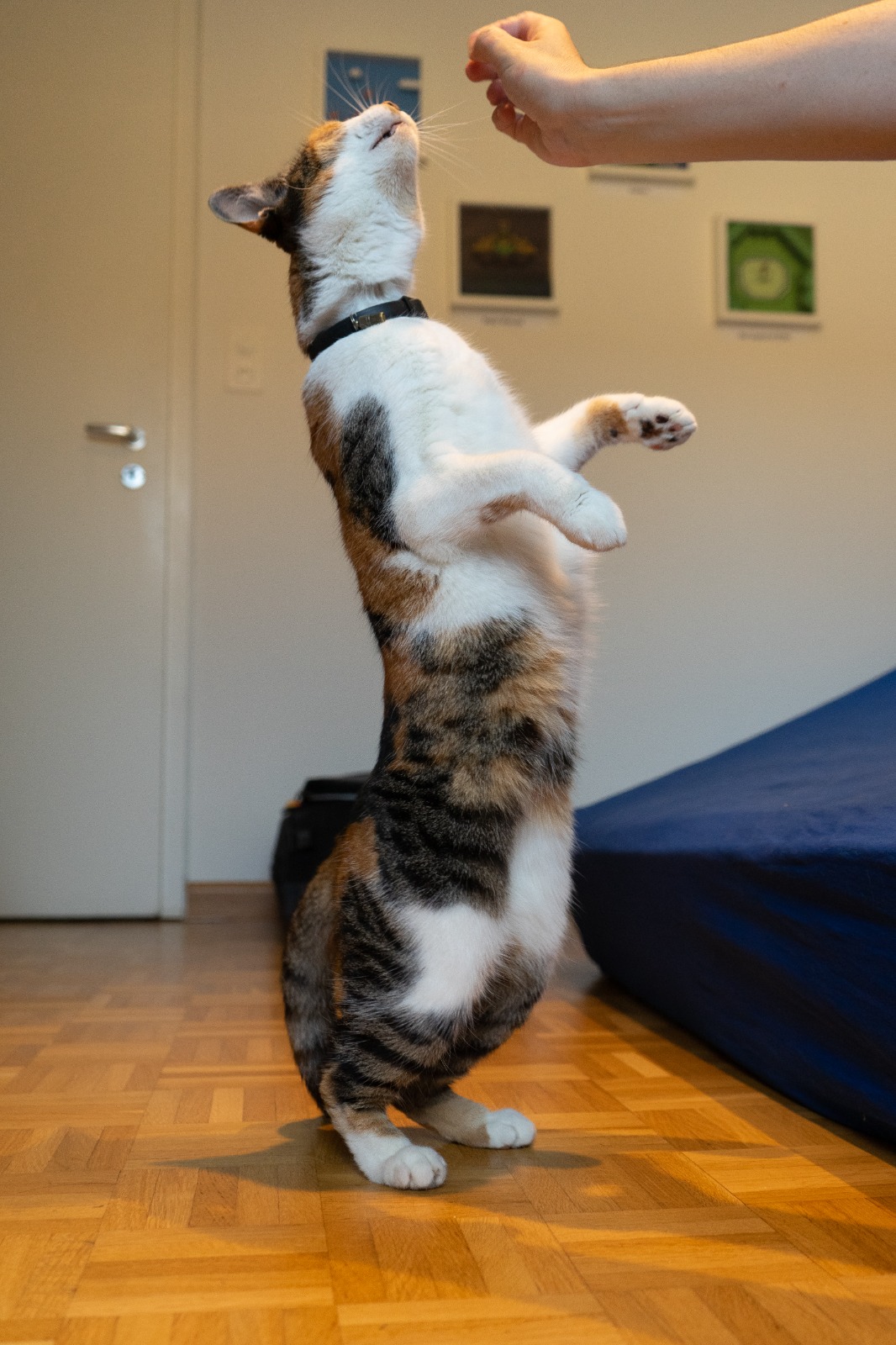
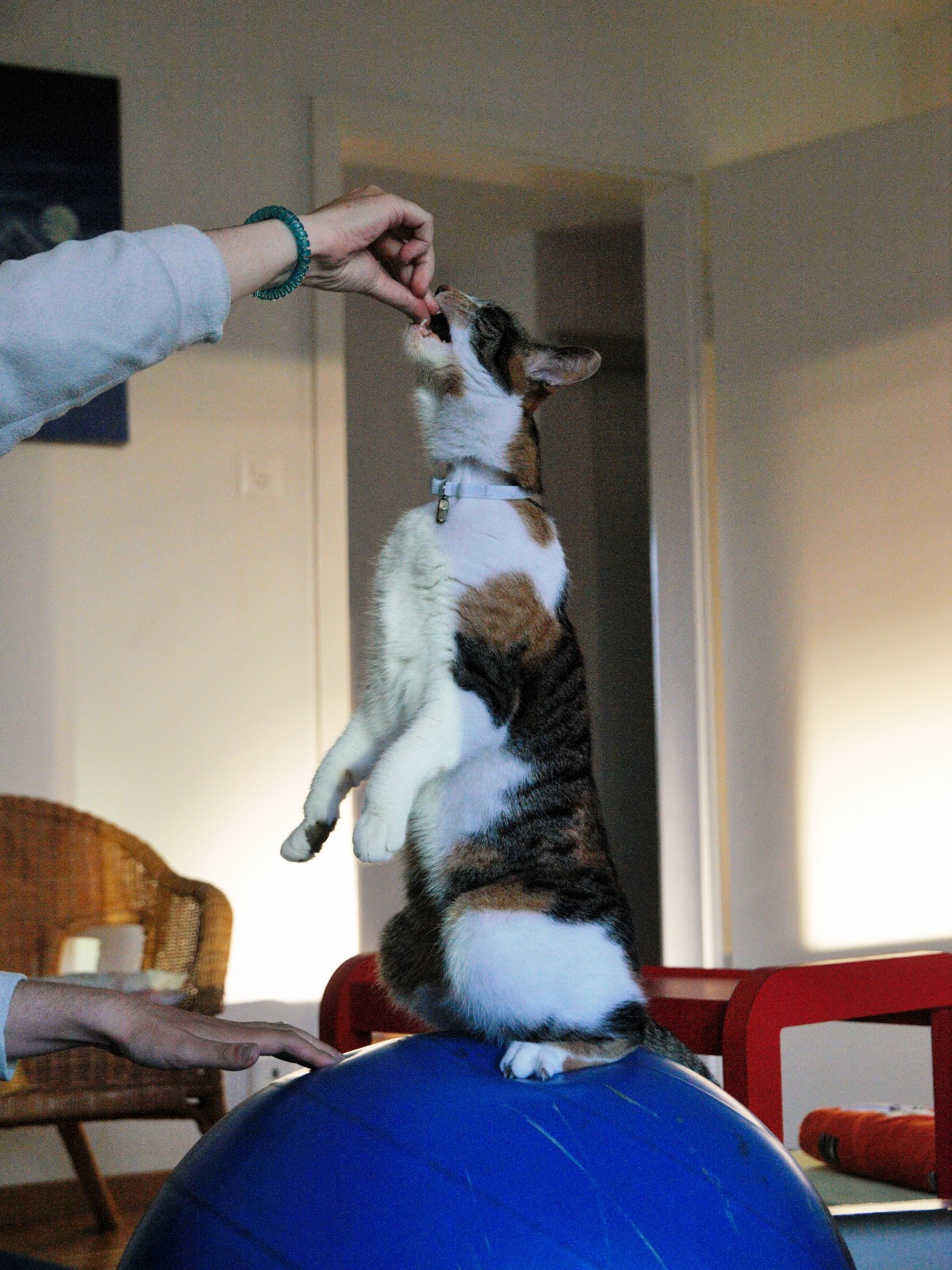
Crawl
(To be continued)
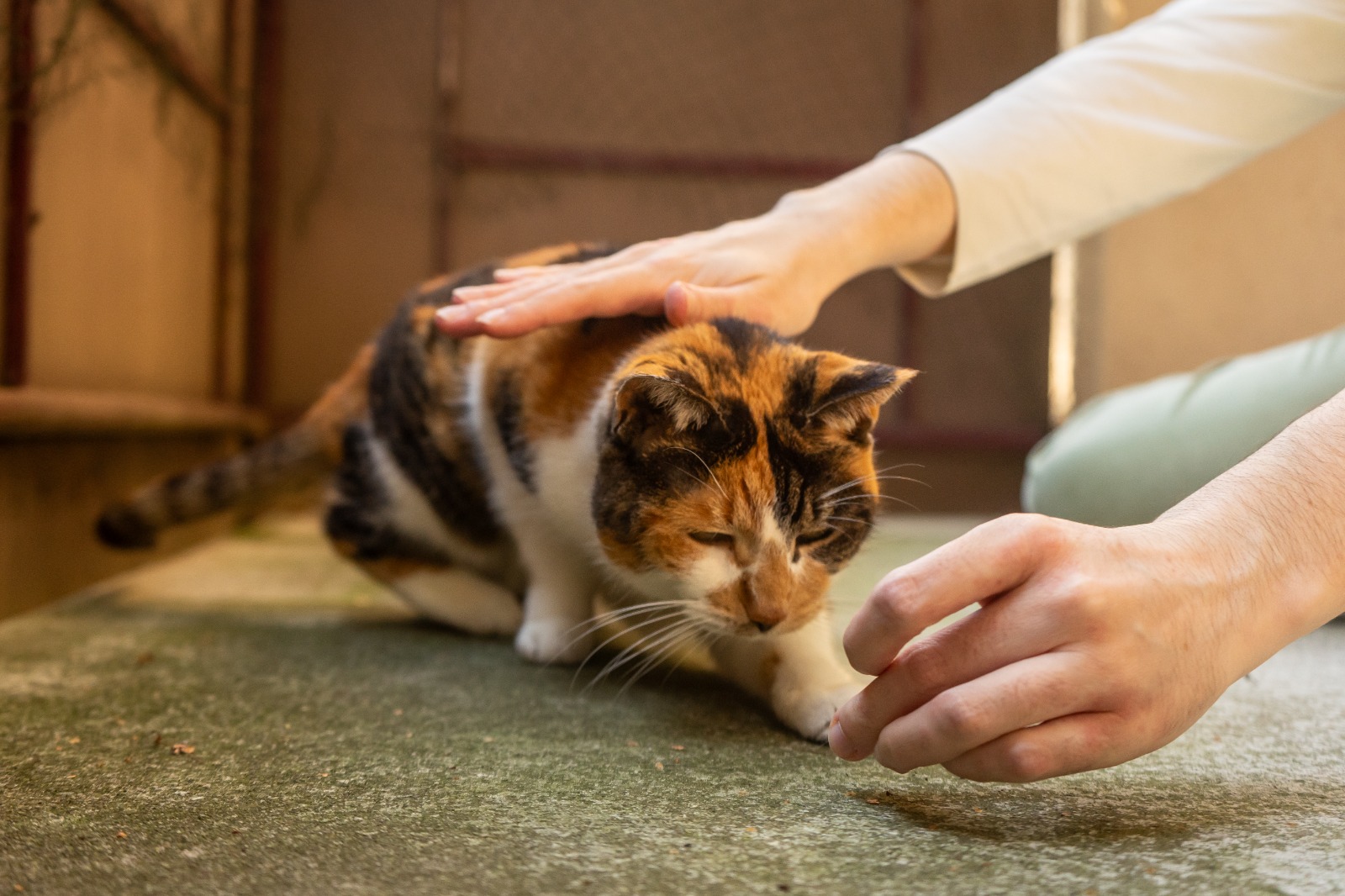
Retrieving
(To be continued)
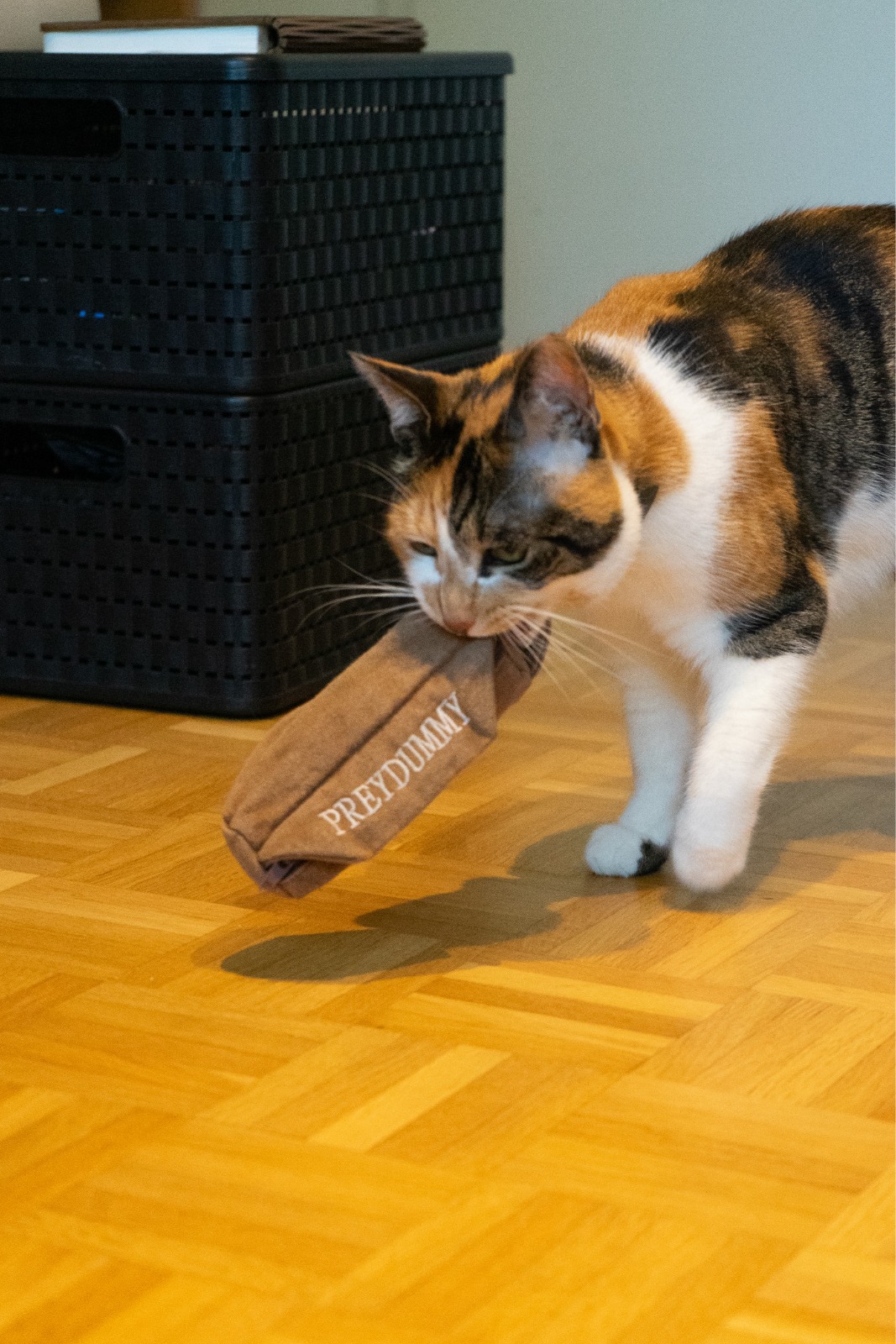
Further Training
Till now all tricks were just for fun without any further objectives. You can, however, also use training to make difficult situations (e.g. vet visits) less stressfull or to get save access to the outdoors.
Medical training
Medical training can be very beneficial for your cat’s health. It encompases training to tolerate handling for medical purposes, enables early detection of symptoms and even prevention of health issues. For example I trained Estrella to let me perform a physical examination of her ears, eyes and measure her weight regularely. This lets me notice symptoms of e.g. ear infection early and also makes Estrella not mind examination by vets as much as she nows the routine.
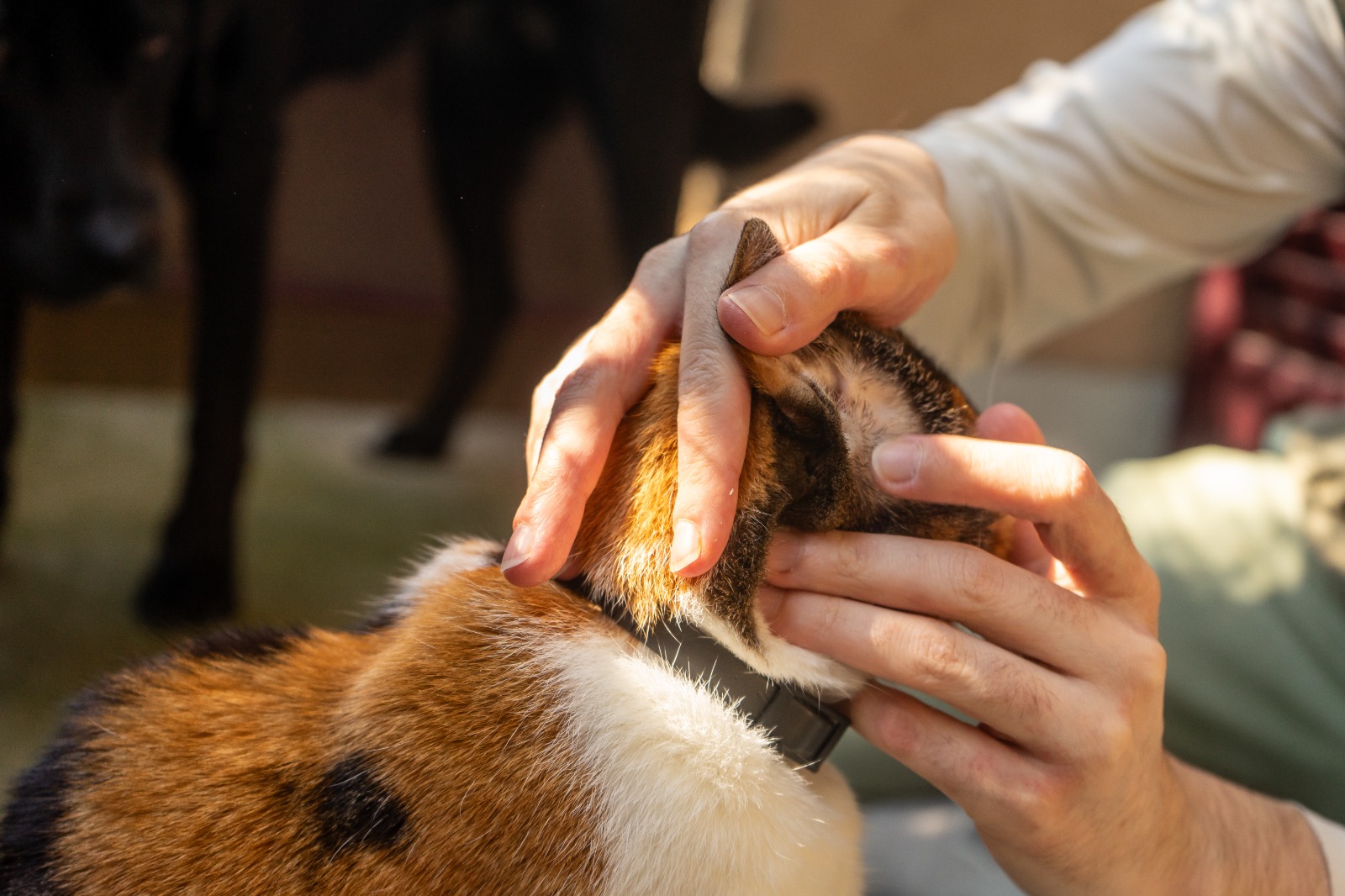
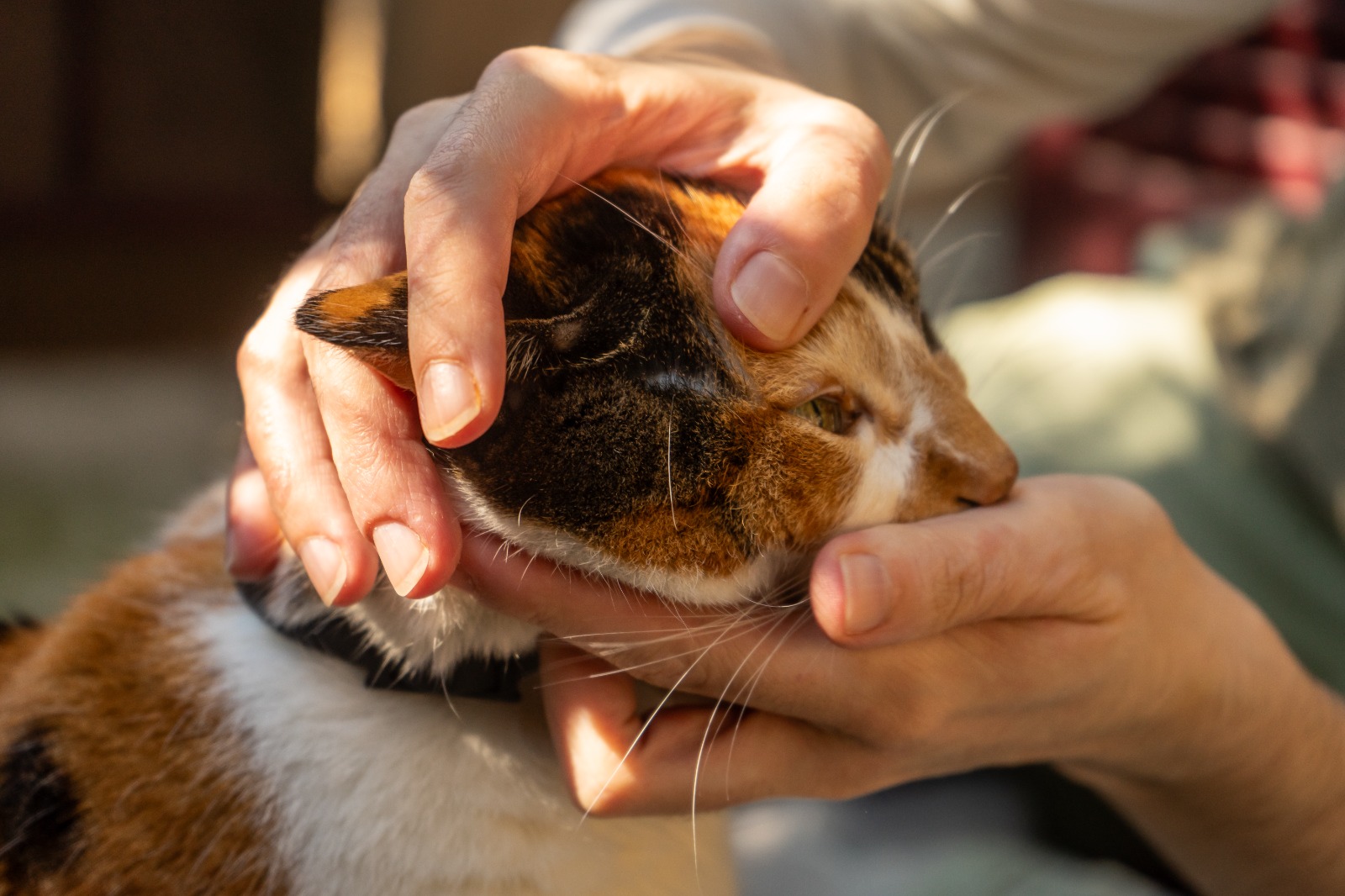
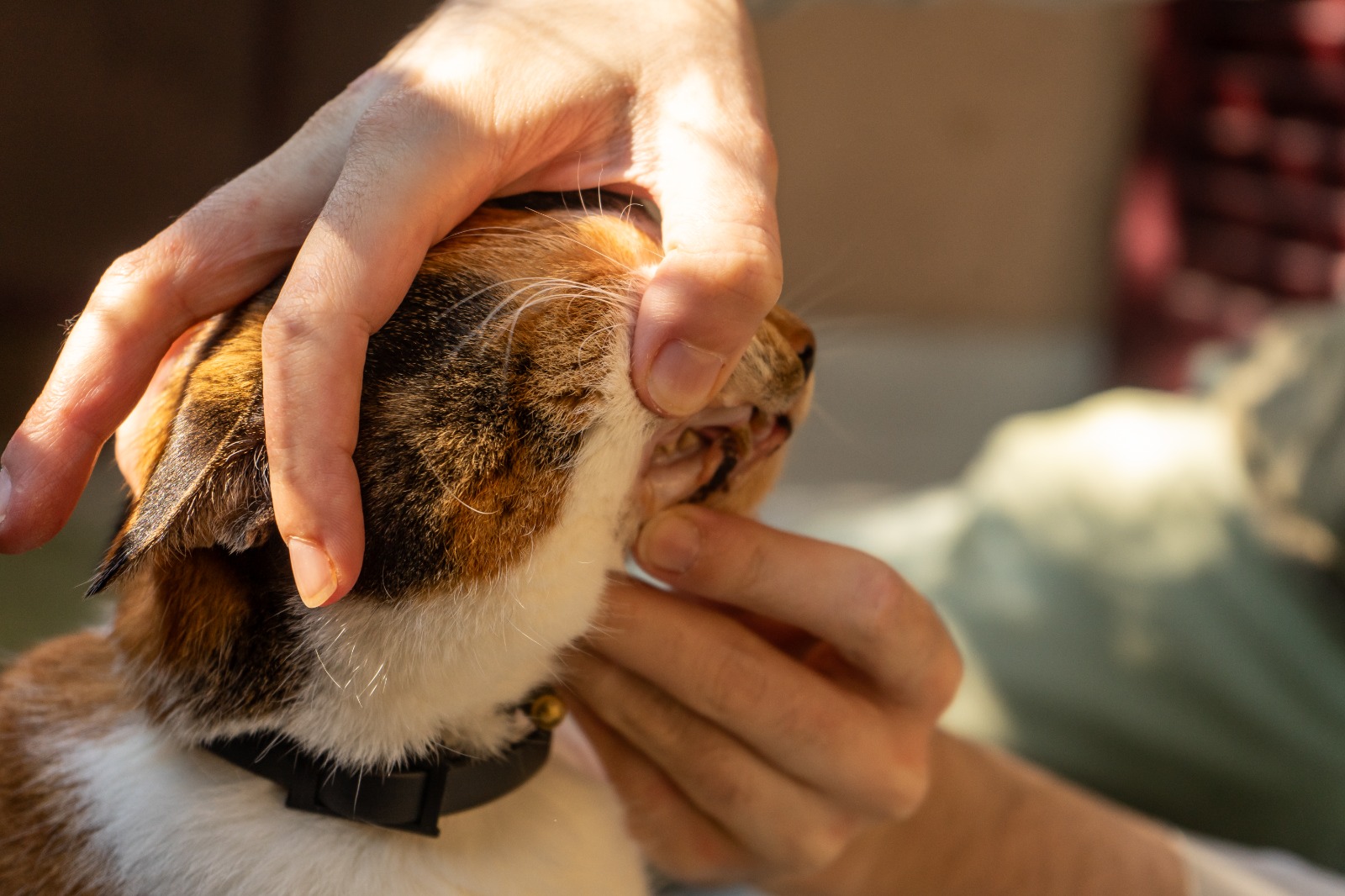
I also traind her to let me brush her teeth which reduces plaque and she will therefore need dental cleaning by vets less frequently.
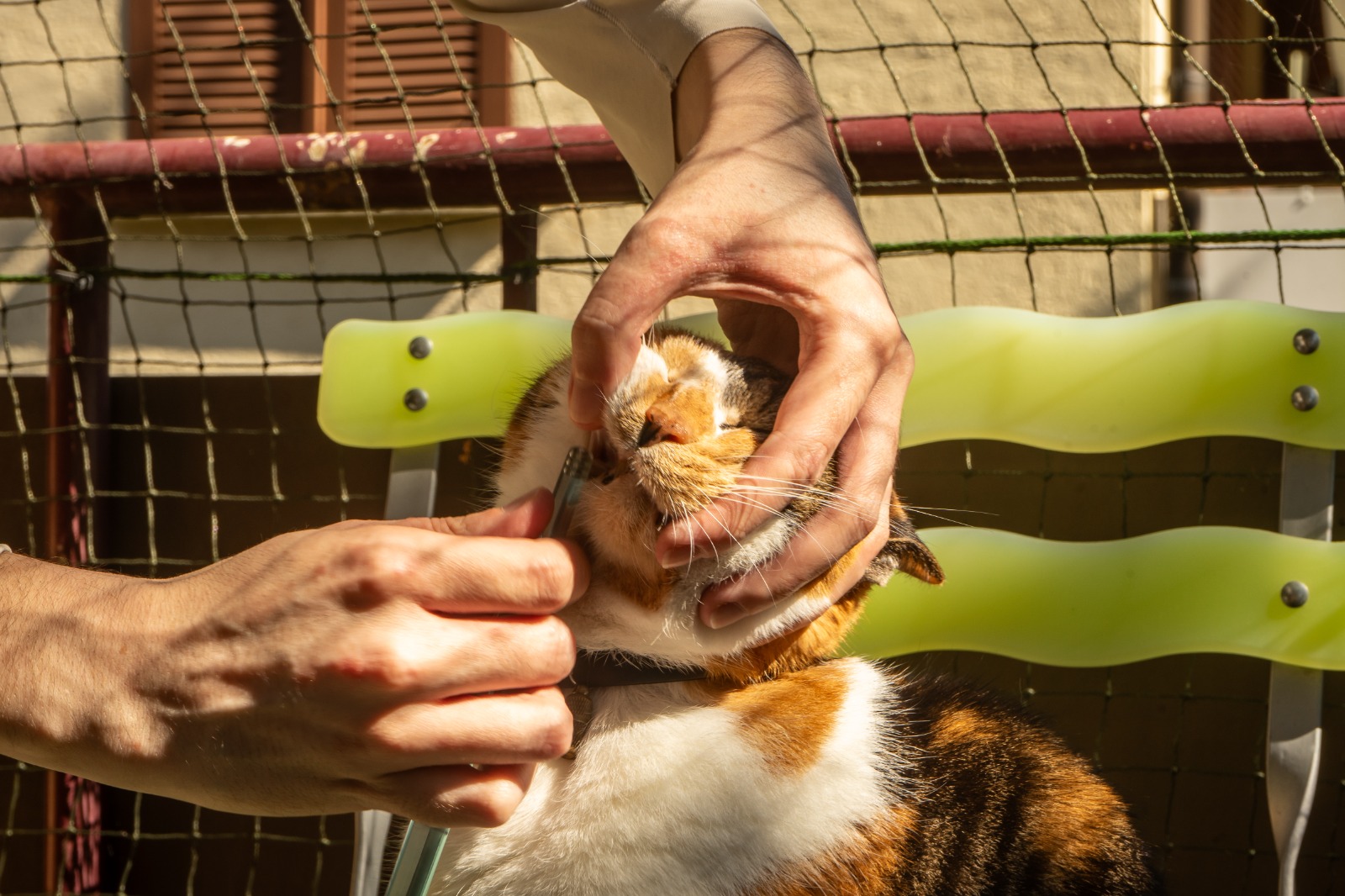
Training your cat to tolerate clipping back its nails is very useful for when she is older. Old cats usually have too long claws because they can’t move so well any longer from pains in the joints. If you trained your cat beforehand to tolerate claw clipping you can easily assist her in that way when she needs it. Important to note is that you only clip the part that doesn’t have any blood or nerves in it, just like with clipping your own nails.
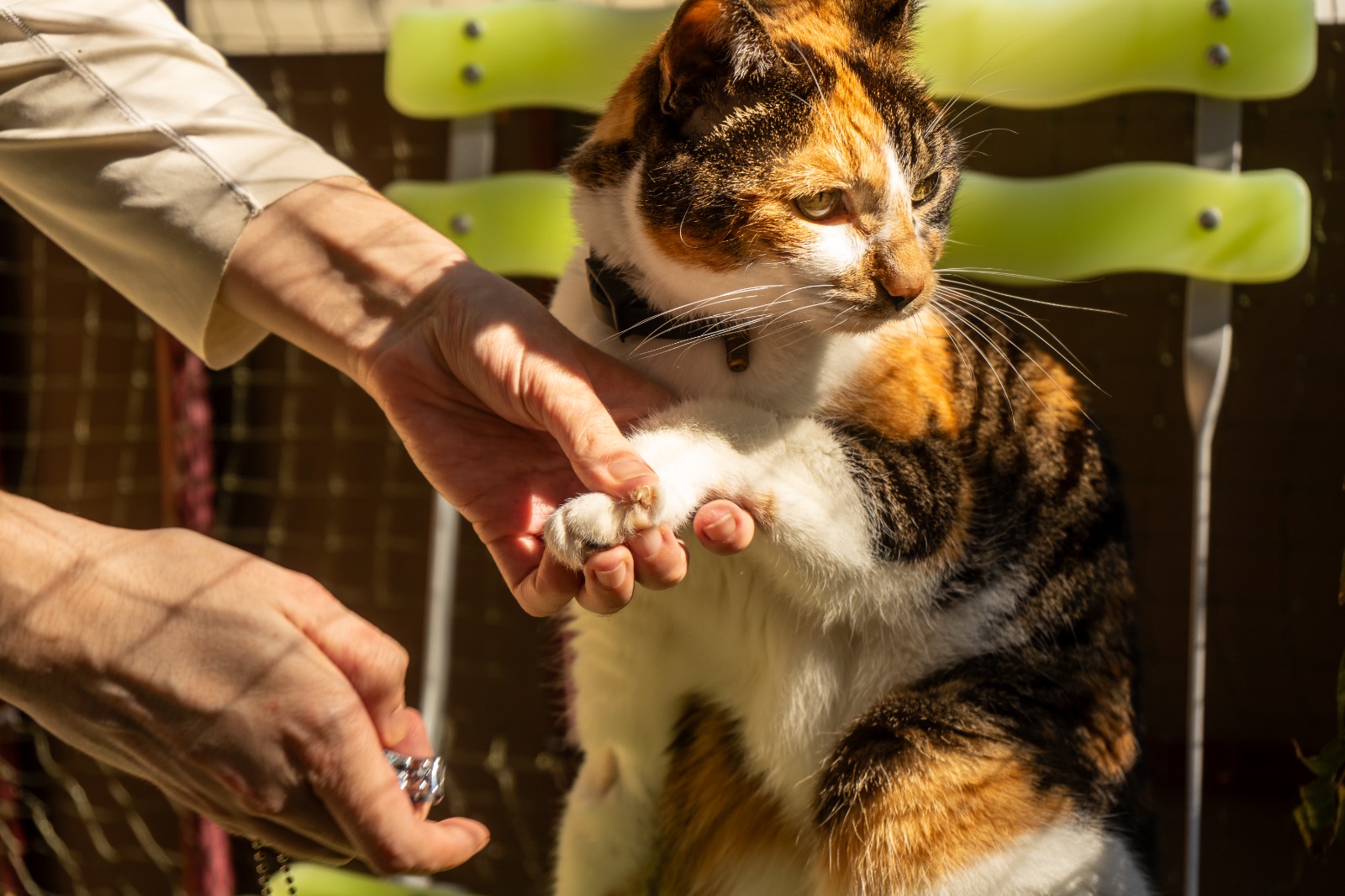
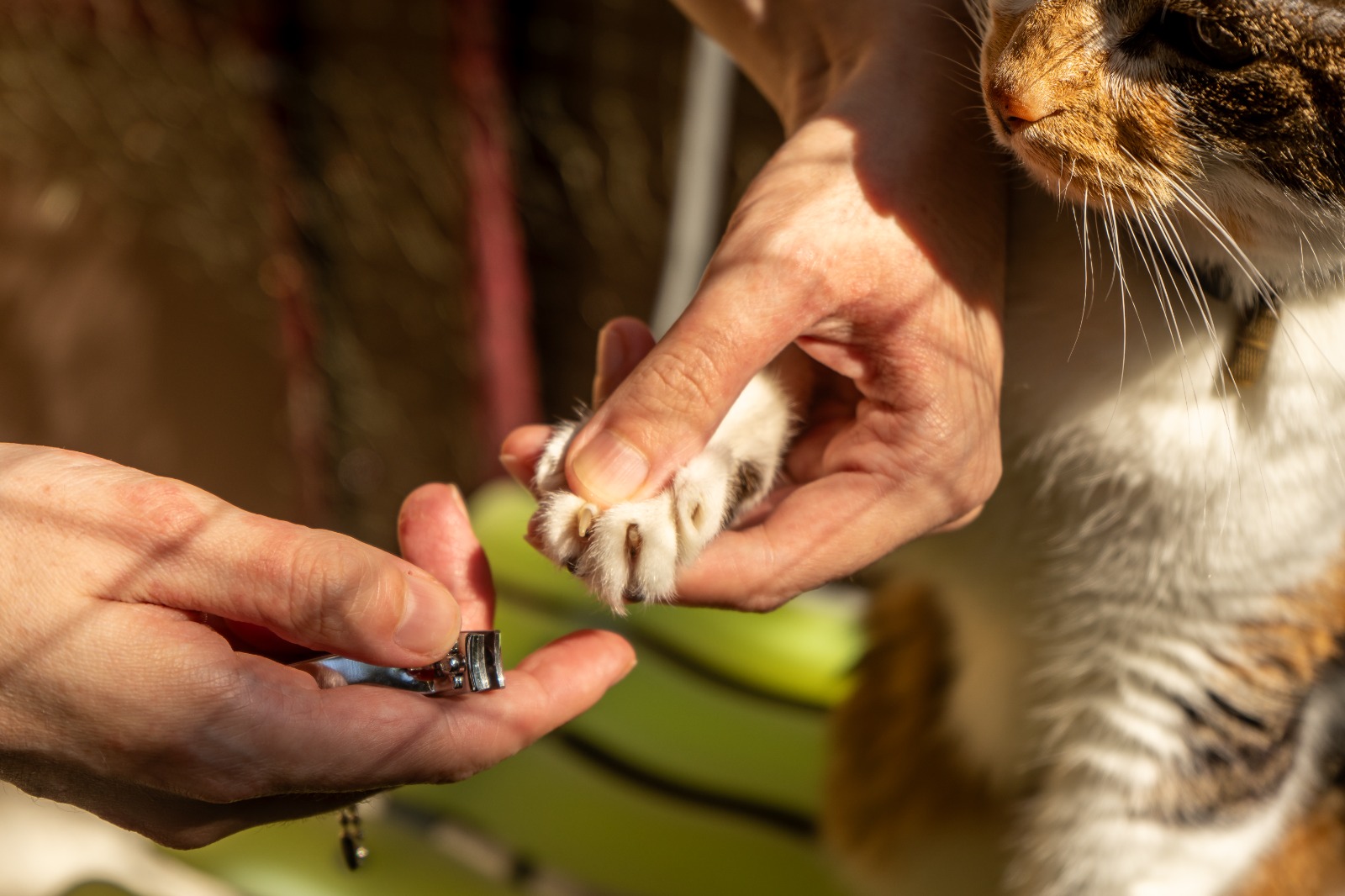
Leash Walking
For my cat the walk on the leash is an adventure compared to the time she has to spend indoors. I use a leash in contrast to letting her walk where she wants to because I live in a suburb environment. The leash lets me prevent Estrella from getting into dangerous situations with cars or dogs. I post pictures of my cat walks on Instagram.
Equipment
Please don’t just expose your cat to the following objects. They need to be introduced slowly and positively.
- A harness: Make sure it has broad enough strings to not strangle your cat when it suddenly moves into it with force e.g. when id does one of those one meter leaps from getting scared.
- A leash: I have a thin 3 meter leash where I decide depending on the situation if I keep her close to me or let her have the full length.
- A save container for putting the cat into when there is danger around e.g. unknown off leash dog. I like to use this backpack because I can also easily carry Estrella to nice places with her and start our walk there.
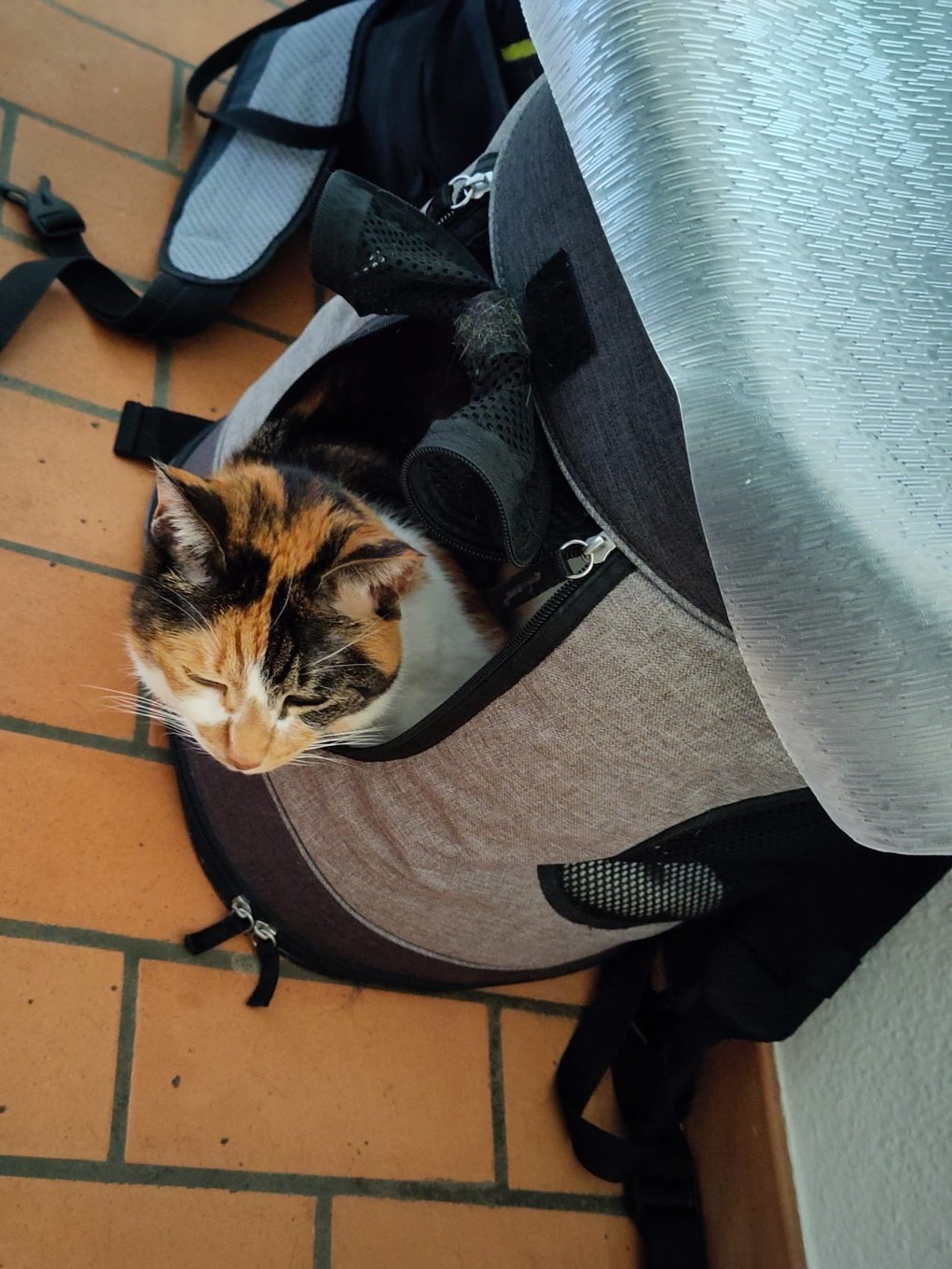
- A jacket or a towel: If your cat gets scared you might no longer be able to touch it without getting bitten or scratched. If in such a situation you still need to do it because you need to for example get her out of a dangerous situation I like having a towel I can wrap my cat in or alternatively a jacket do so so. That way we both are reasonably save.
(To be continued)
FAQ’s
- Can only young cats learn tricks or to walk on a leash? Cats can learn new things their whole live just like humans can. Of course it is easier to learn new things when you are younger but that does not mean once we get older we should stop trying to.
- What do I do if my cat doesn’t understand what I want from her? You can either reward your cat for continuing to try to figure it out. Or you help it by dividing your goal into smaller steps.
Links for further reading
- Hundestunde podcast: This is a podcast in german about education and relationships with dogs. I discovered I could use many of their advises for my cat as well.
- Wiki-How Clicker training tutorial on wiki how.
- Cat Behaviour Experts e.g. Jackson Galaxy